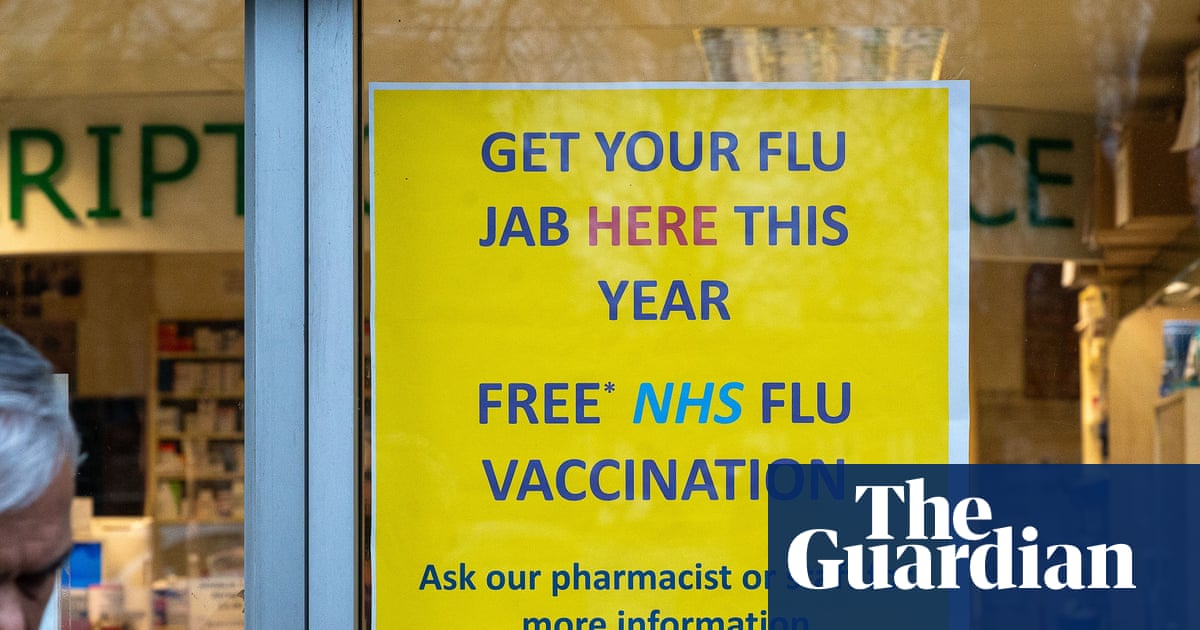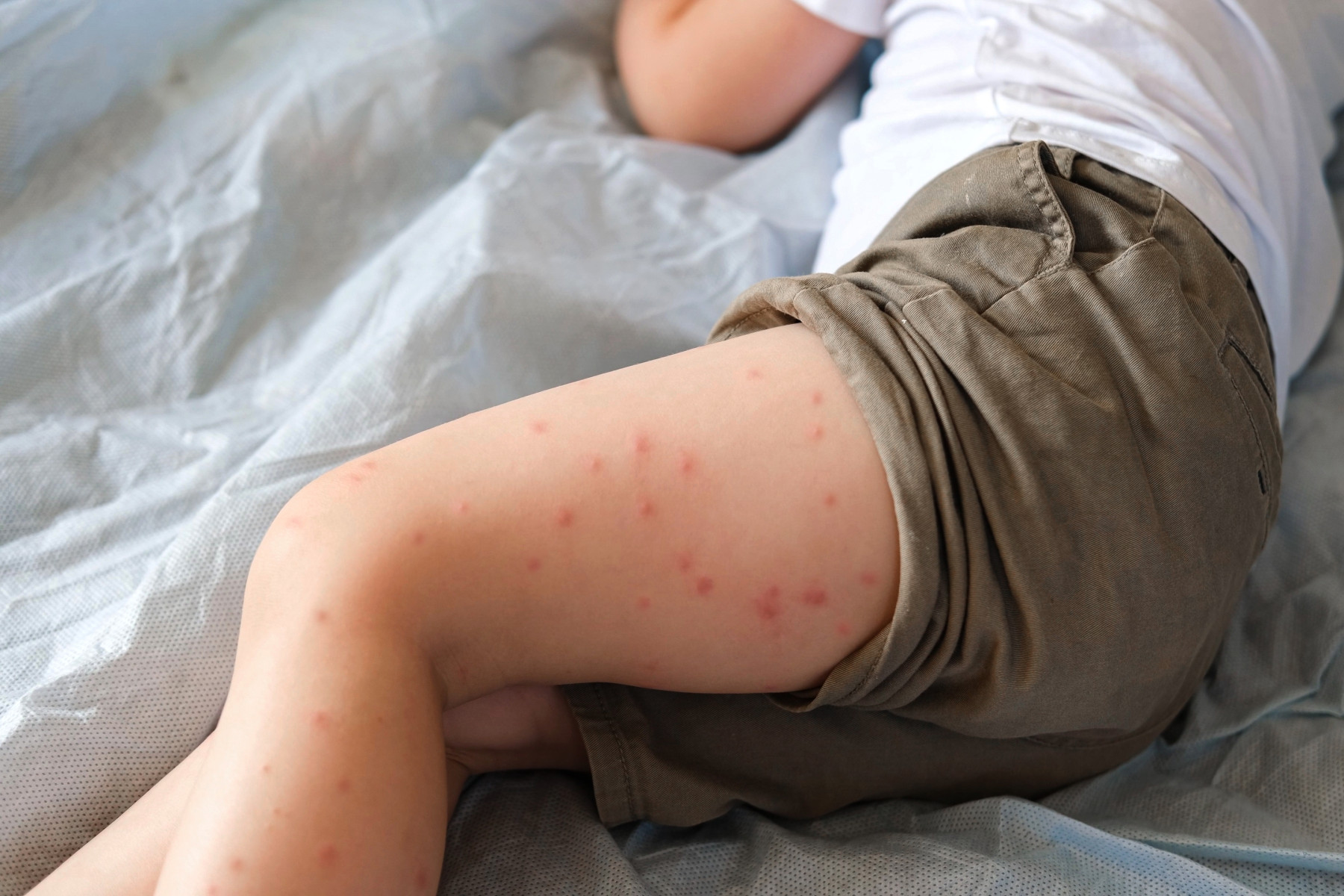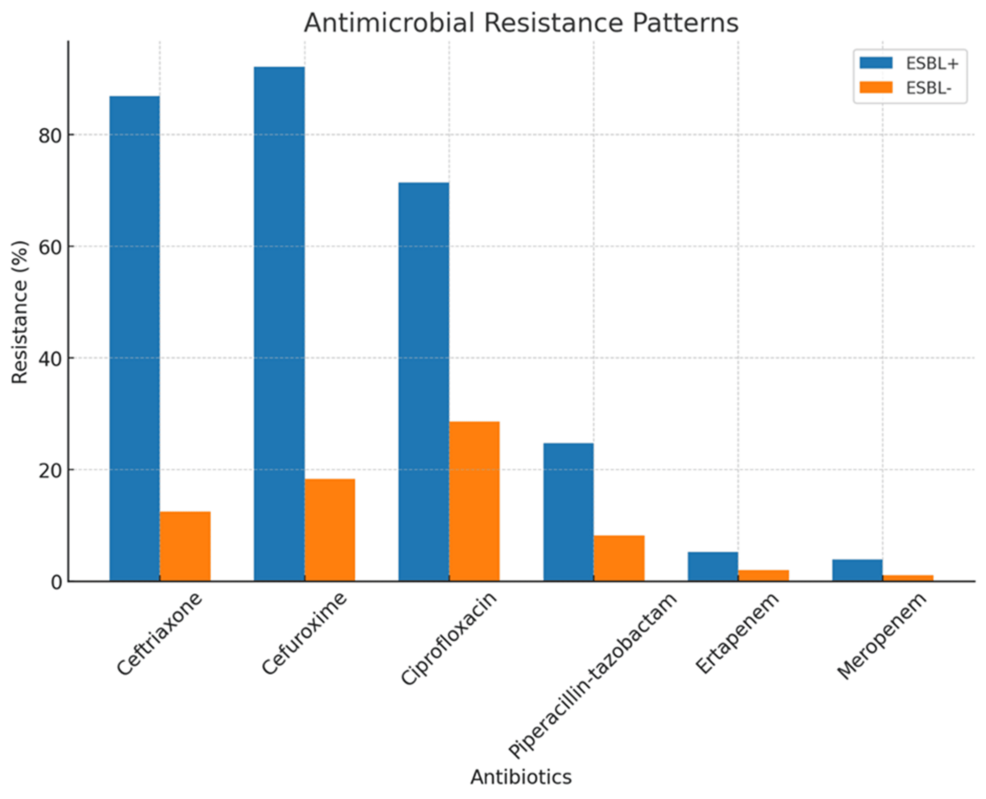Category: 6. Health
-

Test yourself: the 2025 CPD and learning quiz
Our end-of-year quiz draws from the CPD and learning resources that The Pharmaceutical Journal has published this year, which covers a wide range of clinical topics and professional themes. Work your way through the quiz by expanding the…
Continue Reading
-

NHS must learn lessons of Covid to overcome winter flu, say experts | Health
With flu cases rising and resident doctors on strike from Wednesday, the NHS is under considerable pressure. But experts say lessons from the Covid pandemic could help ease the situation.
A trio of UK-based academics say a three-pronged approach…
Continue Reading
-

First AACR Pediatric Cancer Progress Report Highlights Prominent Progress, Impending Issues in the Field
The American Association for Cancer Research (AACR) has published its innaugural Pediatric Cancer Progress Report, which showcased newsworthy advancements and persisting challenges while urging for action by federal institutions in the field of…
Continue Reading
-

Importance of Measles Vaccines Today
For many adults, measles was once considered a normal part of childhood.
Before vaccines, nearly every child in the United States caught the virus. Today, however, public health experts emphasize that while natural…
Continue Reading
-

The Gut Bacteria That Put the Brakes on Weight Gain in Mice
Key points:
- A gut microbe called Turicibacter reduces weight gain in mice on a high-fat diet.
- The microbe reduces blood sugar and levels of fat in the blood.
- Fatty diets prevent Turicibacter from thriving in the gut.
Impact: If…
Continue Reading
-
Prognostic outcome of extranodal marginal zone B-cell lymphoma: a nationwide cohort
Zucca, E. & Bertoni, F. The spectrum of MALT lymphoma at different sites: biological and therapeutic relevance. Blood 127, 2082–2092. https://doi.org/10.1182/blood-2015-12-624304 (2016).
Continue Reading
-
An evaluation of the comparative effectiveness of the RIPASA and Alvarado scoring systems in diagnosing acute appendicitis: a cross-sectional study
Gopal, S., Tejas, A. P. & Rohit, K. Comparison of RIPASA and Alvarado scoring systems in diagnosis of acute appendicitis. Int. J. Appl. Res. Oct-Nov. 2 (12), 767–692 (2016).
Walczak, D. A. et…
Continue Reading
-

Gazing into the mind’s eye with mice – how neuroscientists are seeing human vision more clearly
Despite the nursery rhyme about three blind mice, mouse eyesight is surprisingly sensitive. Studying how mice see has helped researchers discover unprecedented details about how individual brain cells communicate and work together to create…
Continue Reading
